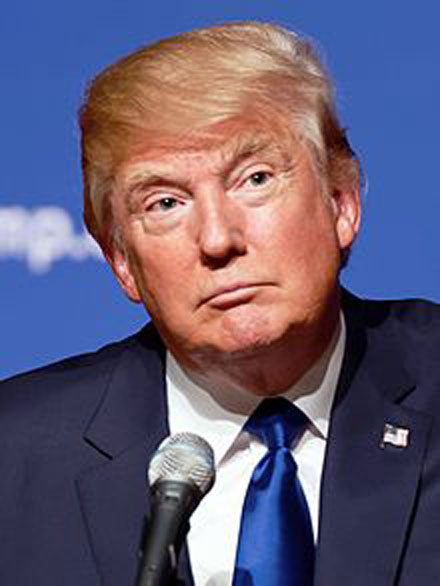
Donald Trump
The Chicago Mercantile Exchange futures contract for the softwood two-by-fours used in framing houses closed at its highest price ever. Source: Justin Fox for Bloomberg
If one adjusts for inflation, current prices are no longer record-setting. But an interesting pattern does appear if one adds in a few other key data points.
It appears that every time the US picks a fight with Canada over its alleged subsidies of softwood lumber, which comes from coniferous trees such as pines, firs and cedars, US lumber prices go up.
The US-Canada softwood lumber war first flared up in the early 1980s. Imports of lumber from Canada had been on the rise as environmental restrictions cut back on logging in US National Forests, and the US timber industry began to complain that Canadian local, provincial and national governments, which own almost all of the country’s forest land, were charging such low prices for timber that it amounted to an unfair subsidy.
That has remained the chief complaint ever since.
Various bi- and multi-lateral trade organizations have been charged with evaluating it, and as my former Bloomberg Opinion colleague and longtime softwood-lumber-trade-dispute aficionado Megan McArdle put it in a column last year: After that happens, the tariffs go down again and lumber prices drop … until another president decides to make a stink about Canadian softwood lumber.
Donald Trump started doing that soon after taking office, and now the average duties on Canadian lumber are up to 21%. Unlike some of Trump’s other trade actions, this clearly does not signify a major departure from past presidential practice. But it’s worth asking whether it makes any sense.
The main beneficiaries of these softwood lumber trade spats appear to be owners of the land on which softwood-lumber-producing trees are grown. Most timberland in the US is in private hands, and the biggest owner by far, according to the latest survey by Forisk Consulting Weyerhaeuser Co., a publicly traded real estate investment trust that has seen its stock price rise about 20% since the beginning of 2017.
Billionaire John Malone is also in the top 10, as are the California and Massachusetts state employee pension funds.
Yale University’s endowment does not appear on Forisk’s list but reported owning more timberland in 2009 than any entity but Weyerhaeuser does now.
Investment returns on timber in US have been on a long decline, but they do seem to have perked up in the past during softwood lumber trade disputes. If cheap Canadian lumber has been hurting the US timber industry it’s been helping the much-larger US housing construction industry and the many buyers of its products. And for home builders, the recent price increases have been a challenge, as Bloomberg’s Jen Skerritt reported in March.
I’m willing to believe that there are cases where restricting trade or otherwise favoring domestic producers makes sense — to protect a nascent industry, for example, or to keep key technological capabilities from slipping into the hands of an economic or political rival.
No such justification springs to mind here.
I also have some trouble with the notion that Canada is somehow cheating by selling its softwood lumber at a lower price than US timber owners think it should. Maybe it’s just cheaper to grow pine trees in Canada.





